Swimming with Cobras


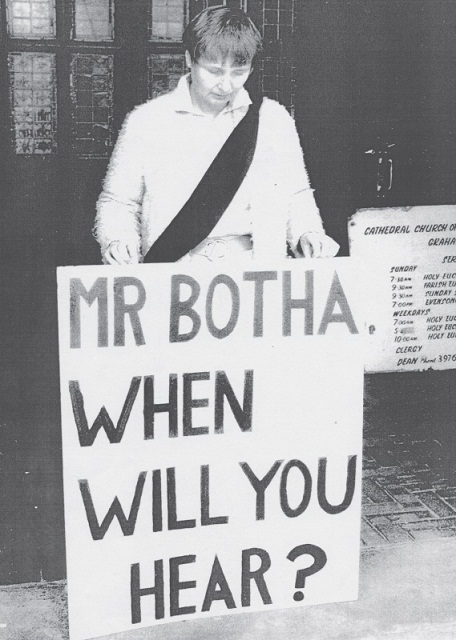
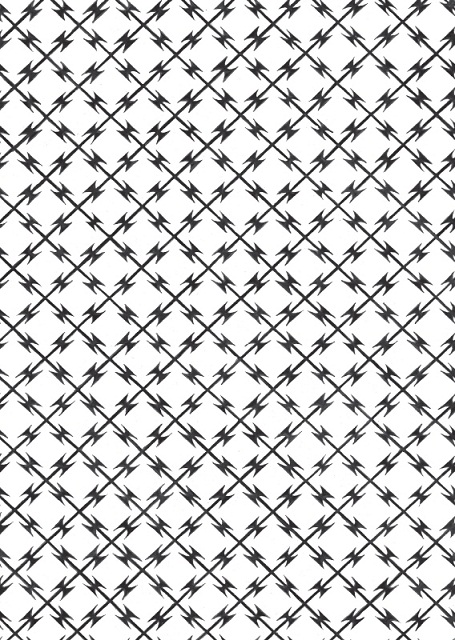
SWIMMING WITH COBRAS
SWIMMING WITH COBRAS
Rosemary Smith

Publication © Modjaji Books 2011
Copyright © Rosemary Smith 2011
First published in 2011 by Modjaji Books PTY Ltd
P O Box 385, Athlone, 7760, South Africa
[email protected]
http://modjaji.book.co.za
www.modjajibooks.co.za
ISBN 978-1-920397-37-1
Book design: Natascha Mostert
Cover artwork and lettering: Jesse Breytenbach
Printed and bound by Mega Digital, Cape Town
Set in Palatino
Acknowledgements
This book has had a long gestation period, culled as it is from the diaries I kept since arriving in South Africa in 1966. Throughout this long period I have incurred many debts to friends both in Grahamstown and England, to the many Black Sashers who inspired and nurtured me, and to the mainly Eastern Cape people whom I met through my work who showed me a depth of humanity I did not know existed.
There are too many people to name and thank individually but as in my dedication I must name a few. Firstly I thank Colleen Higgs and Mojadji Books who had faith enough to publish the book. Secondly Karen Robertson who was the editor and made all the editing sessions interesting and fun! Without these two people the book would never have seen the light of day. William Barnes in London was a meticulous and kind encourager of early drafts. Sadly, he died shortly before the book was published. And to Lynette Paterson, who put in swathes of time prodding, pushing and suggesting, my debt is enormous.
Finally, the love and encouragement of my husband Malvern and children Matthew, Anna, Charlotte and Lucy has sustained me throughout and I am deeply grateful to them.

For William who began it all.
For the family who lived it.
And for Lynette, without whom it would
not have come to fruition.
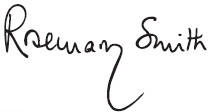
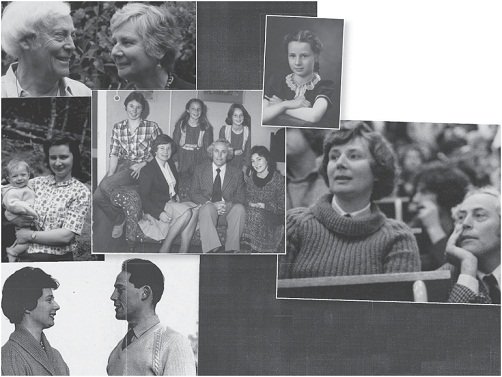
“The pattern of women's lives lies
⦠locked in old diaries, stuffed
away in old drawers.”     Â
â
Virginia Woolf, 1929
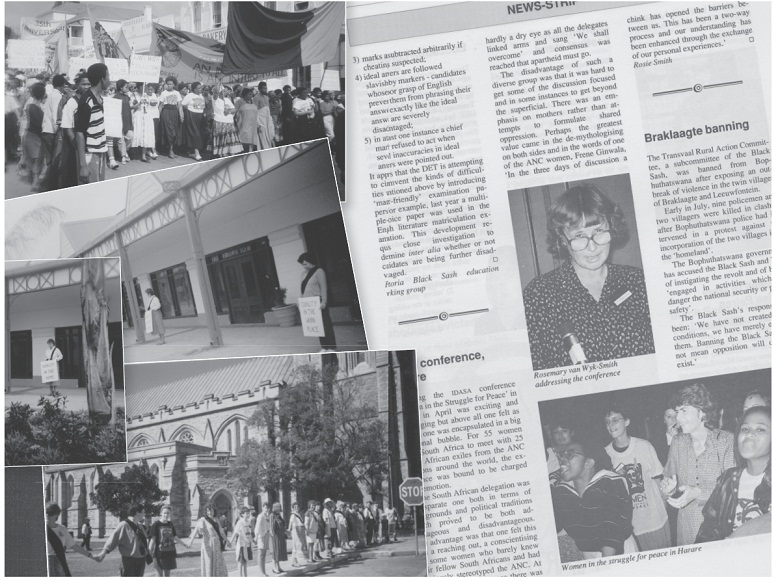
Contents
Repression hits the Eastern Cape
It was the summer of 1961. I was in my mid-twenties, living a blissfully sheltered life in Oxford, England. I'd just met Malvern van Wyk Smith, the Rhodes scholar from South Africa whom I would one day marry, unaware that in just five years' time I would land on the shores of his homeland, destined for the small university town of Grahamstown â a stranger in an even stranger land.
I arrived in 1966 when South Africa had been a republic for five years and Nelson Mandela had been on Robben Island for two. The widespread civil disobedience campaigns of the 1950s and early 1960s had been forcefully suppressed and almost the entire leadership of the liberation movement was either in exile, in prison or banned. In September of my first year in Grahamstown, the architect of apartheid, Hendrik Verwoerd, was stabbed to death on the floor of parliament and the system's enforcer, John Vorster, became the country's fourth Nationalist Prime Minister. Twenty-eight years of turmoil lay ahead.
Realising that the timing of my arrival had placed me in the midst of momentous events, I began a book of jottings. History no longer belonged exclusively to the eminent and the great, and I sensed that as a woman making a new life in an alien land I would have a story to tell. At first my thoughts were dominated by the overwhelming feeling of contrast with my previous life. Then as I became more settled I began to write down events, conversations or observations that intrigued or startled me. In 1968, prompted by the intelligent and lively women who were actively engaged in the struggle to right the wrongs of the society I found myself in, I joined the local branch of the Black Sash, a white, women-led anti-apartheid organisation. By 1970, Malvern and I had four small children and my diaries became scraps of paper or scribbles in notebooks as I recorded events in the snatched time between domestic chores and Sash meetings. In the mid-1980s, when the spectre of detention hovered over me, I took the precaution of putting the diaries into a plastic packet in an ice cream container in the deep freeze!
Turning to those fragments, I realise how much has been erased from my memory and how much passed me by because, at the time, I was unable to grasp the context. I am also aware that much has been, and will be, written by people who played far more central roles in South Africa's struggle for liberation. My part in the events I am recalling was a small one. And yet, living in a town in the Eastern Cape during the apartheid years, a seething microcosm of the larger South Africa, I had opportunities to witness events at close range. I participated in widely divergent activities and communities, and my work over several decades took me in and out of the beleaguered townships, something often denied city dwellers. And so, while my life has not been extraordinary, my vantage point has been a privileged one. In the pages that follow, I have unlocked my diaries and pulled open the drawers of my life, to shine a light on a small, but important, slice of South African history.
Eastern Cape rivers are not like the English trout streams of my childhood where the clear water sparkles and rushes over smooth pebbles. They are often sluggish, the water a murky brown masking the river bed beneath.
One hot, late-summer day, after hiking in the veld with friends, wary of the little pepper ticks clinging to the tall grass waiting for their moment to jump onto our warm bodies, we came upon a tree house. It was guarded by a ficus tree, the giant roots gnarled into a solid buttress. And from a wide platform, it looked out upon towering cliffs. The folds of rock reminded me that millions of years ago the sea had swept over this landscape. Now it was covered with antique cycads that looked like pineapple tops, and splodges of light blue plumbago and orange tacoma trembling in clouds of white butterflies. The cliffs were home to several families of baboons who heckled us from their vantage point, their rough barks echoing off the rocks.